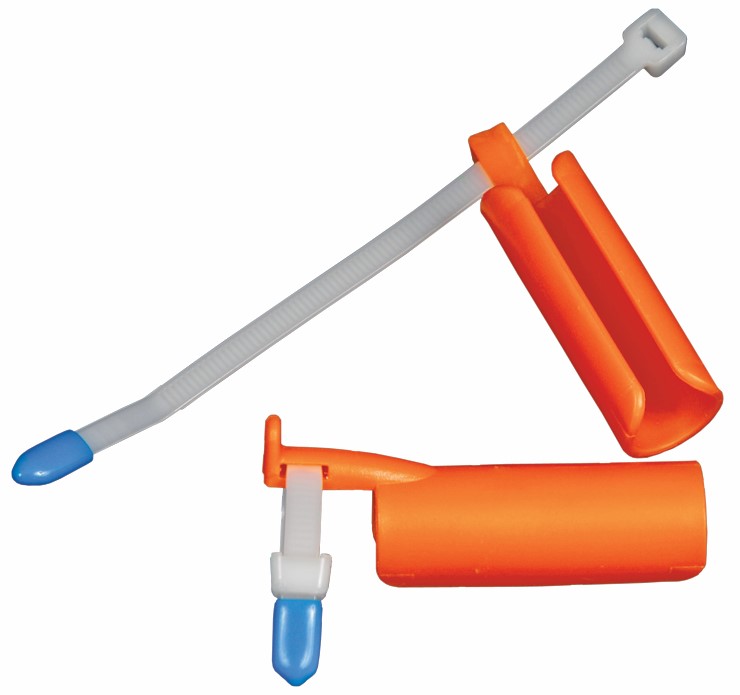In the realm of neonatal care, respiratory support is critical for the survival and health of newborns, particularly those born prematurely or with respiratory distress syndrome (RDS). One of the most innovative and effective methods of providing respiratory support is the Bubble CPAP (Continuous Positive Airway Pressure) system. This blog explores what sets apart Bubble CPAP systems for newborns, detailing their benefits and diverse applications and why they are increasingly preferred in neonatal intensive care units (NICUs) worldwide.
Understanding Bubble CPAP Systems
Bubble CPAP is a non-invasive ventilation strategy that has revolutionized the care of newborns needing respiratory support. Unlike traditional CPAP machines that use mechanical blowers, Bubble CPAP utilizes a simple system where air and oxygen mix is delivered through nasal prongs and then passed through a tube submerged in water. The depth of the tube in the water creates back pressure, which maintains the airways open, enhancing gas exchange and oxygenation.
Key Benefits of Bubble CPAP for Newborns
- Enhanced Comfort and Safety
One of the primary advantages of Bubble CPAP systems is the comfort they offer to newborns. The gentle pressure helps maintain lung volume and reduce the work of breathing without the invasiveness of mechanical ventilators. This not only improves oxygenation but also minimizes the risk of ventilator-associated lung injuries.
- Improved Clinical Outcomes
Studies have shown that using Bubble CPAP significantly reduces the need for mechanical ventilation and associated complications like bronchopulmonary dysplasia (BPD) and pneumothorax. Supporting spontaneous breathing promotes lung development and function in a more natural way, which is crucial for the critical first days and weeks of a premature newborn’s life.
- Cost-Effectiveness
Bubble CPAP systems are not only effective but also cost-efficient. They require fewer technological components than traditional CPAP newborns machines, which leads to lower operational costs. This makes them a particularly attractive option for hospitals in low-resource settings without compromising the quality of care.
Applications of Bubble CPAP in Neonatal Care
- Management of Respiratory Distress Syndrome (RDS)
Bubble CPAP is particularly effective in managing RDS, a common condition in preterm infants characterized by insufficient surfactant and lung immaturity. By maintaining positive airway pressure and improving alveolar stability, Bubble CPAP can enhance gas exchange and reduce the severity of RDS.
- Transitioning from Mechanical Ventilation
For infants recovering from severe respiratory conditions requiring mechanical ventilation, Bubble CPAP can serve as an intermediate step before they breathe entirely on their own. This application helps in gradually reducing the dependency on mechanical support, promoting better recovery outcomes.
- Use in Resource-Limited Settings
Due to its simplicity and cost-effectiveness, Bubble CPAP has found significant application in resource-limited settings. It provides a viable option for continuous respiratory support, helping reduce neonatal mortality rates in regions where advanced technologies are not readily accessible.
Why Choose Bubble CPAP?
Choosing the right respiratory support system for newborns involves considering the specific needs of each infant. Bubble CPAP systems stand out for their simplicity, safety, and efficacy, making them a preferred choice in many clinical scenarios. They help in reducing the duration of hospital stays and improving the overall prognosis for infants with respiratory challenges.
Conclusion
The Bubble CPAP system has set a new standard in neonatal care, offering a blend of safety, efficiency, and accessibility. Its ability to support premature and at-risk newborns in maintaining adequate respiration is a testament to how innovative medical technology can make a significant difference in the most vulnerable patients. As research and technology continue to advance, Bubble CPAP will likely gain even broader acceptance for its role in improving the outcomes of neonatal respiratory care.
For healthcare providers and parents alike, understanding the benefits and applications of Bubble CPAP offers reassurance that this technology is a powerful tool in the fight against neonatal respiratory disorders, ensuring that newborns have a strong start in life despite early challenges.


